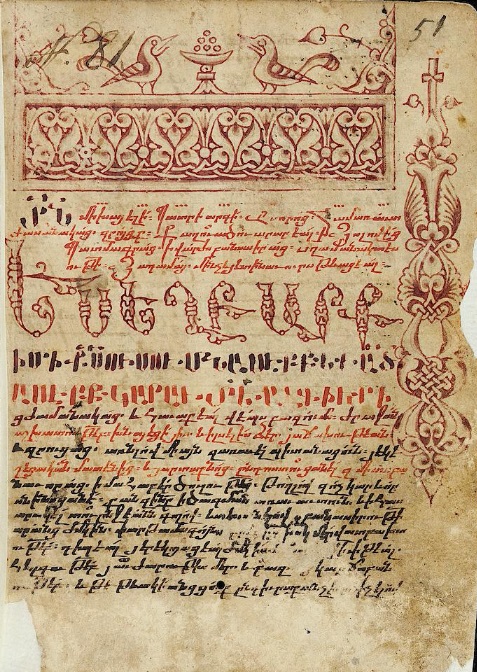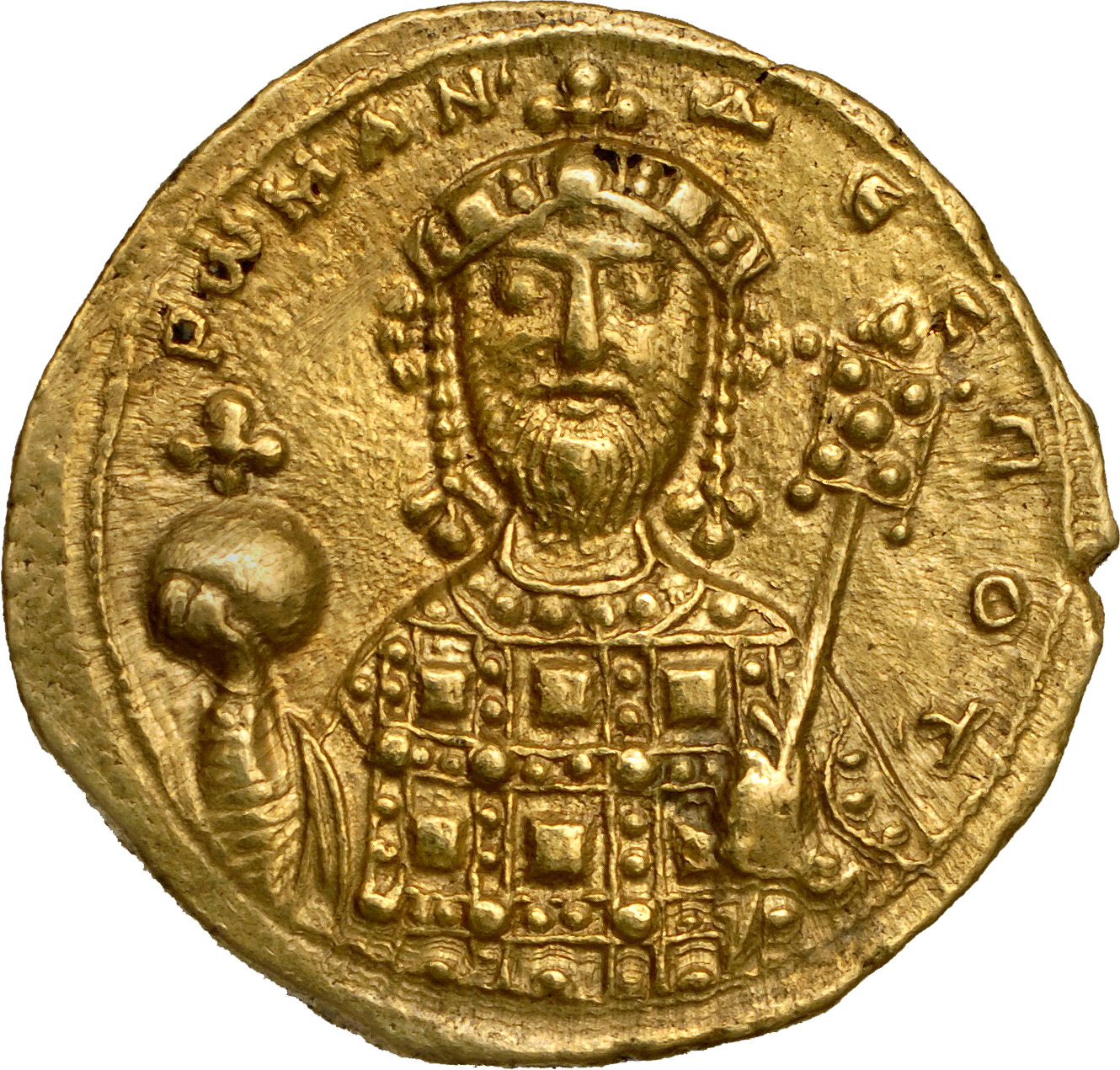|
Tel Patriq (West Syrian Diocese)
Tel Patriq was a diocese of the Syriac Orthodox Church near Melitene (Malatya), attested during the eleventh and twelfth centuries. Sources The main primary source for the Jacobite bishops of Tel Patriq is the record of episcopal consecrations appended to Volume III of the ''Chronicle'' of the Jacobite patriarch Michael the Syrian (1166–99). In this Appendix Michael listed most of the bishops consecrated by the Jacobite patriarchs of Antioch between the ninth and twelfth centuries. Twenty-eight Jacobite patriarchs sat during this period, and in many cases Michael was able to list the names of the bishops consecrated during their reigns, their monasteries of origin, and the place where they were consecrated. Location Tel Patriq was a locality near Melitene (modern Malatya), on the west bank of the Euphrates river, in Turkey. Bishops of Tel Patriq Five eleventh- and twelfth-century bishops of Tel Patriq are mentioned in the lists of Michael the Syrian. Some of these bis ... [...More Info...] [...Related Items...] OR: [Wikipedia] [Google] [Baidu] |
Syriac Orthodox Church
, native_name_lang = syc , image = St_George_Syriac_orthodox_church_in_Damascus.jpg , imagewidth = 250 , alt = Cathedral of Saint George , caption = Cathedral of Saint George, Damascus, Syria , type = Church of Antioch, Antiochian , main_classification = Eastern Christianity, Eastern Christian , orientation = Oriental Orthodoxy, Oriental Orthodox , scripture = Peshitta , theology = Miaphysitism , polity = Episcopal polity, Episcopal , structure = Koinonia, Communion , leader_title = Patriarch , leader_name = Ignatius Aphrem II Syriac Orthodox Patriarch of Antioch and All the East, Patriarch , fellowships_type = Catholicos of India, Catholicate of India , fellowships = Malankara Syriac Orthodox Church , associations = World Council of Churches , area = Middle East, India, and Assyrian–Chaldean� ... [...More Info...] [...Related Items...] OR: [Wikipedia] [Google] [Baidu] |
Melitene (West Syrian Diocese)
The city of Melitene (modern Malatya) was an archdiocese of the Syriac Orthodox Church, attested between the ninth and thirteenth centuries but probably founded as early as the seventh century. More than thirty Syriac Orthodox bishops or metropolitans of Melitene are mentioned either by Michael the Syrian or in other Syriac Orthodox narrative sources. The archdiocese is last mentioned towards the end of the twelfth century, and seems to have lapsed in the early decades of the thirteenth century. Bishops and metropolitans of Melitene Seventh- and eighth-century bishops The names of four early Jacobite bishops of Melitene are known. Michael the Syrian provided a cursory list of 28 undated bishops and metropolitans of Melitene, most of whom were Jacobite bishops consecrated between the ninth and twelfth centuries who featured in his regular lists. The first five names (Leontius, Otreius, Acacius, Mama and Domitian) were of bishops who flourished before the seventh century. Acc ... [...More Info...] [...Related Items...] OR: [Wikipedia] [Google] [Baidu] |
Michael The Syrian
Michael the Syrian ( ar, ميخائيل السرياني, Mīkhaʾēl el Sūryani:),( syc, ܡܺܝܟ݂ܳܐܝܶܠ ܣܽܘܪܝܳܝܳܐ, Mīkhoʾēl Sūryoyo), died 1199 AD, also known as Michael the Great ( syr, ܡܺܝܟ݂ܳܐܝܶܠ ܪܰܒ݁ܳܐ, Mīkhoʾēl Rabo) or Michael Syrus or Michael the Elder, to distinguish him from his nephew, was a patriarch of the Syriac Orthodox Church from 1166 to 1199. He is best known today as the author of the largest medieval ''Chronicle'', which he wrote in the Syriac language. Some other works and fragments written by him have also survived. Life The life of Michael is recorded by Bar Hebraeus. He was born ca. 1126 in Melitene (today Malatya), the son of the Priest Eliya (Elias), of the Qindasi family. His uncle, the monk Athanasius, became bishop of Anazarbus in Cilicia in 1136. At that period Melitene was part of the kingdom of the Turkoman Danishmend dynasty, and, when that realm was divided in two in 1142, it became the capital of one p ... [...More Info...] [...Related Items...] OR: [Wikipedia] [Google] [Baidu] |
Romanos III Argyros
Romanos III Argyros ( el, Ρωμανός Αργυρός; Latinized Romanus III Argyrus; 968 – 11 April 1034), or Argyropoulos was Byzantine Emperor from 1028 until his death. He was a Byzantine noble and senior official in Constantinople when the dying Constantine VIII forced him to divorce his wife and marry the emperor's daughter Zoë. Upon Constantine's death three days later, Romanos took the throne. Romanos has been recorded as a well-meaning but ineffective emperor. He disorganised the tax system and undermined the military, personally leading a disastrous military expedition against Aleppo. He fell out with his wife and foiled several attempts on his throne, including two which revolved around his sister-in-law Theodora. He spent large amounts on the construction and repair of churches and monasteries. He died after six years on the throne, allegedly murdered, and was succeeded by his wife's young lover, Michael IV. Life Family and early career Romanos Argyros, bor ... [...More Info...] [...Related Items...] OR: [Wikipedia] [Google] [Baidu] |
Syriac Orthodox Dioceses
In the period of its greatest expansion, in the tenth century, the Syriac Orthodox Church had around 20 metropolitan dioceses and a little over a hundred suffragan dioceses. By the seventeenth century, only 20 dioceses remained, reduced in the twentieth century to 10. The seat of Syriac Orthodox Patriarch of Antioch was at Mardin before the First World War, and thereafter in Deir Zaʿfaran, from 1932 in Homs, and finally from 1959 in Damascus. Syriac Orthodox Church before the Arab invasions When the Syriac Orthodox movement began in the sixth century, the Christian world was organised into five patriarchates: Rome, Constantinople, Antioch, Alexandria and Jerusalem. The Syriac Orthodox movement was initially confined to the eastern provinces of the Roman empire, in the territory of the patriarchates of Antioch and Jerusalem. Syriac Orthodox Christians envisaged their church as the legitimate patriarchate of Antioch and appear to have tried to duplicate the hierarchy a ... [...More Info...] [...Related Items...] OR: [Wikipedia] [Google] [Baidu] |



